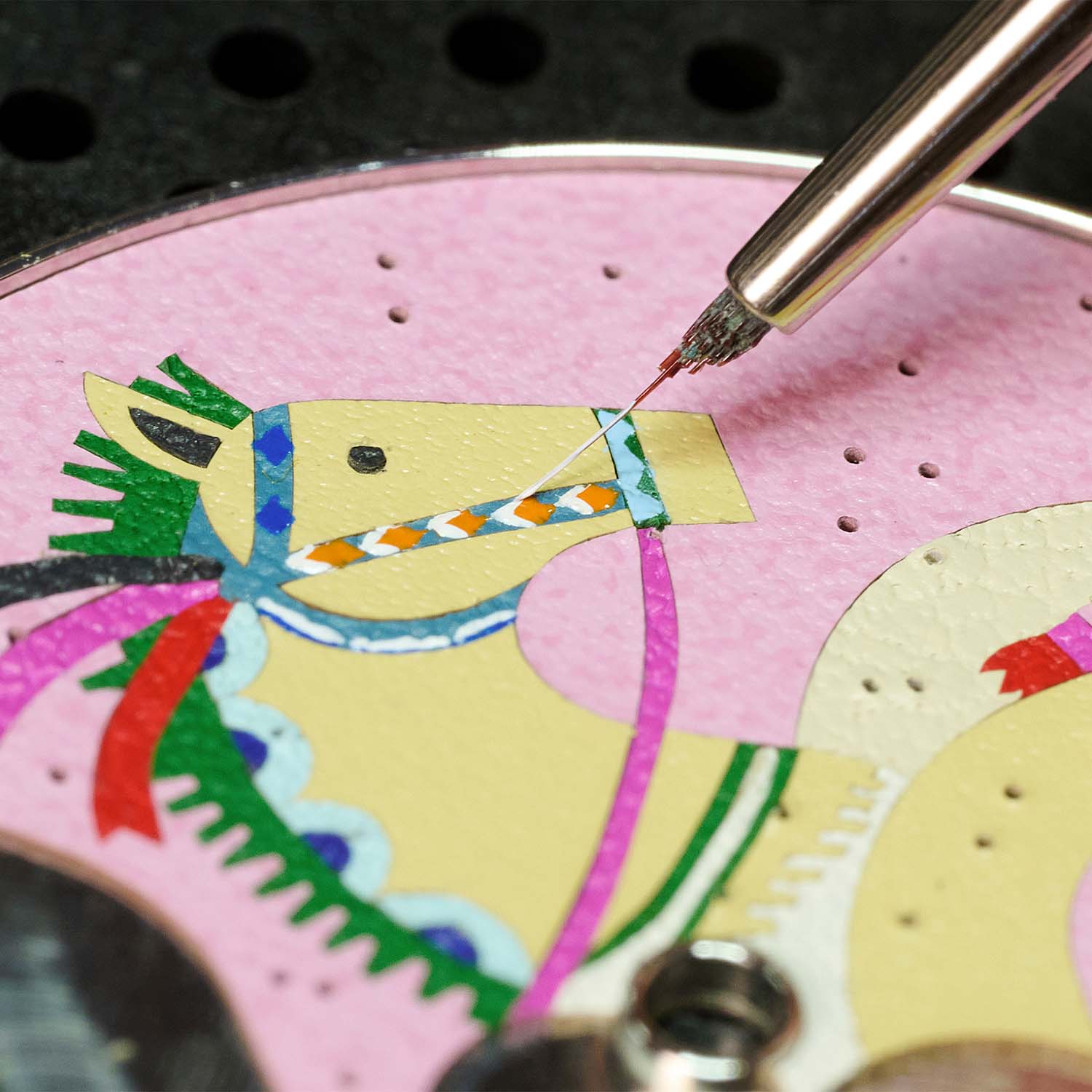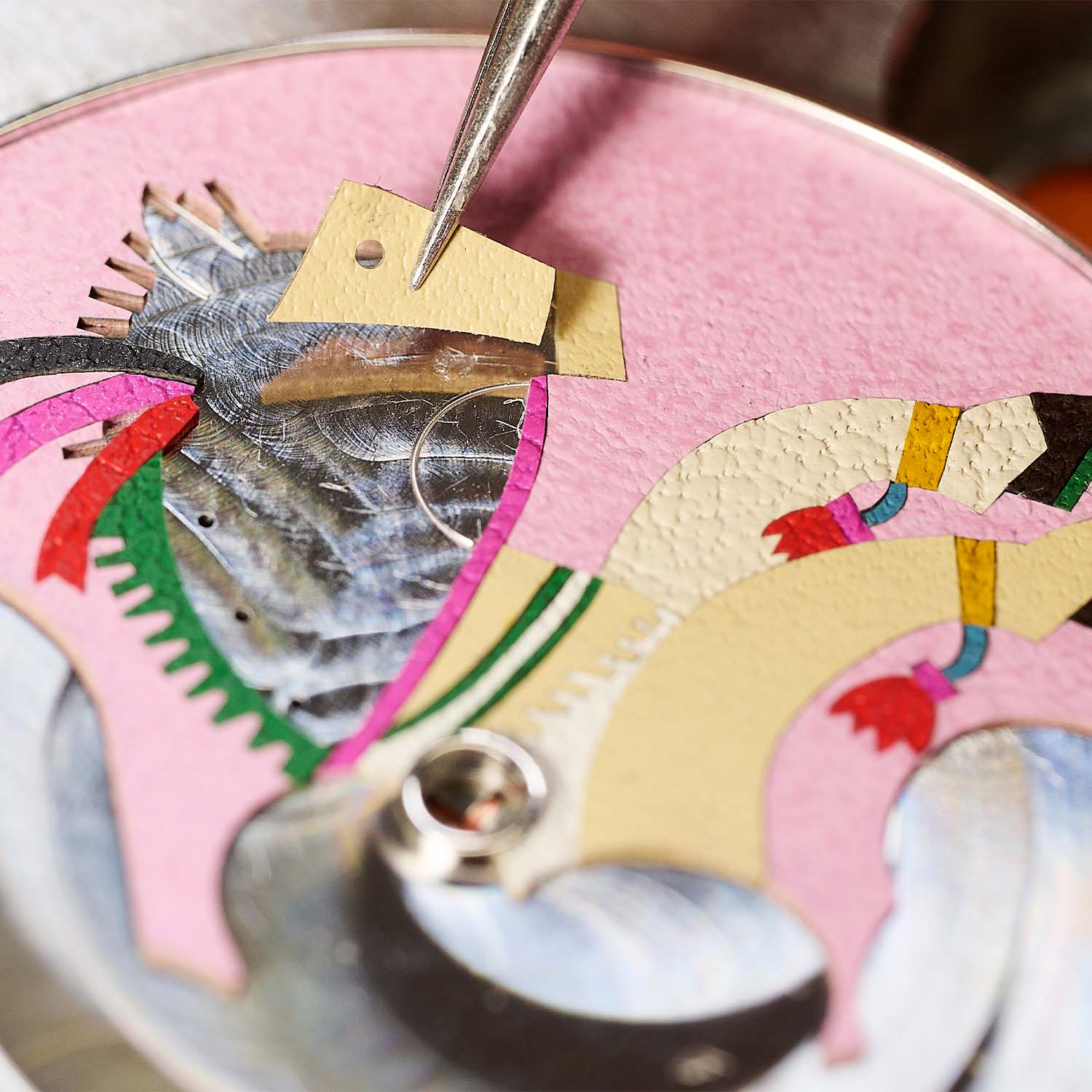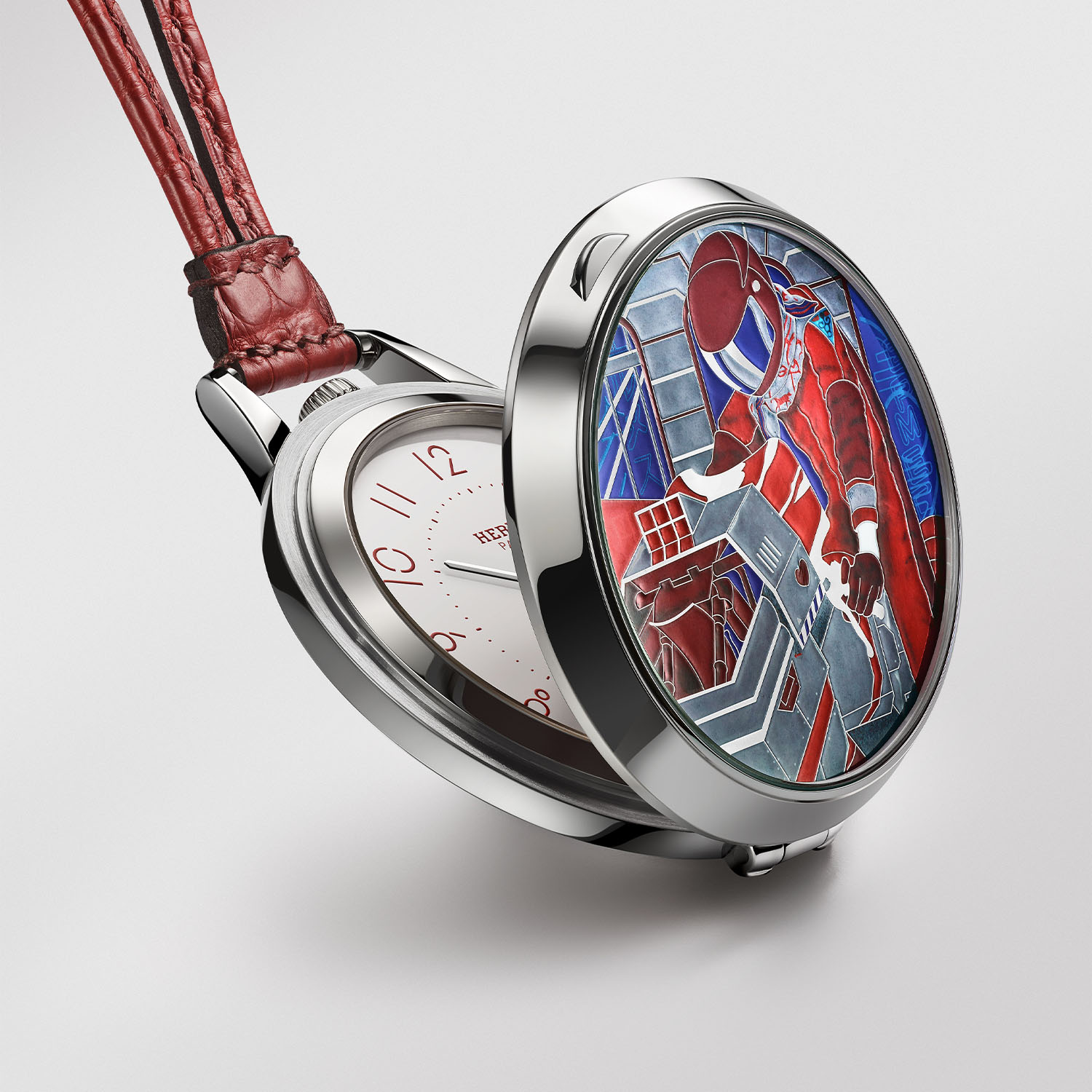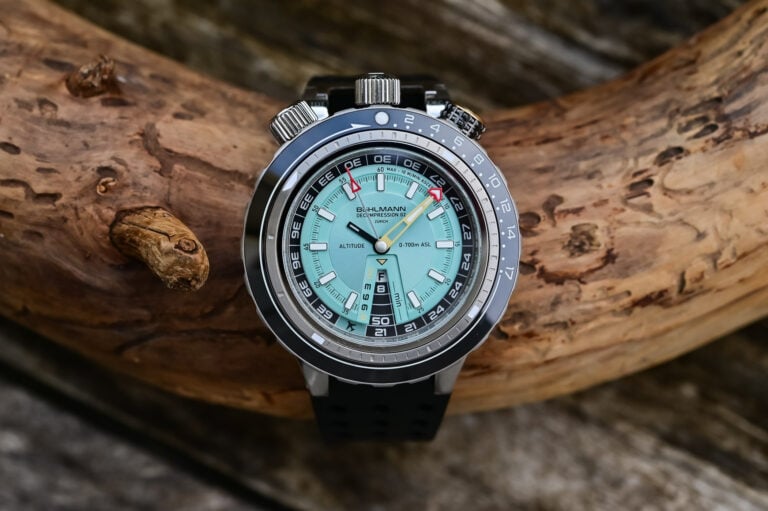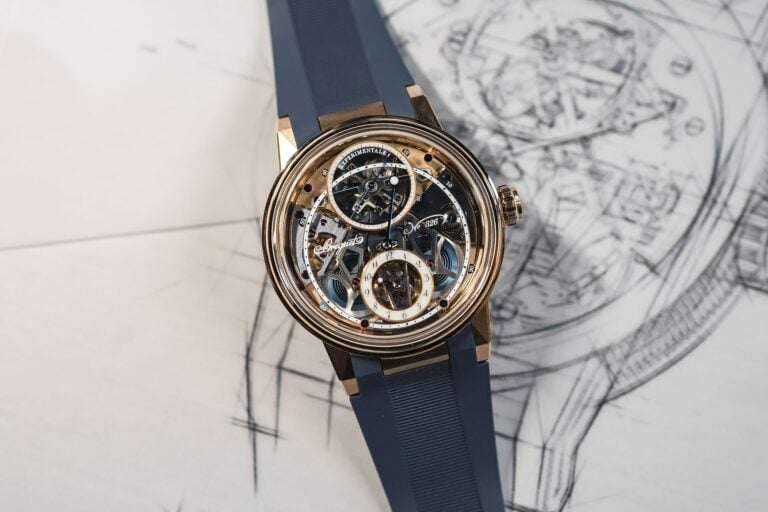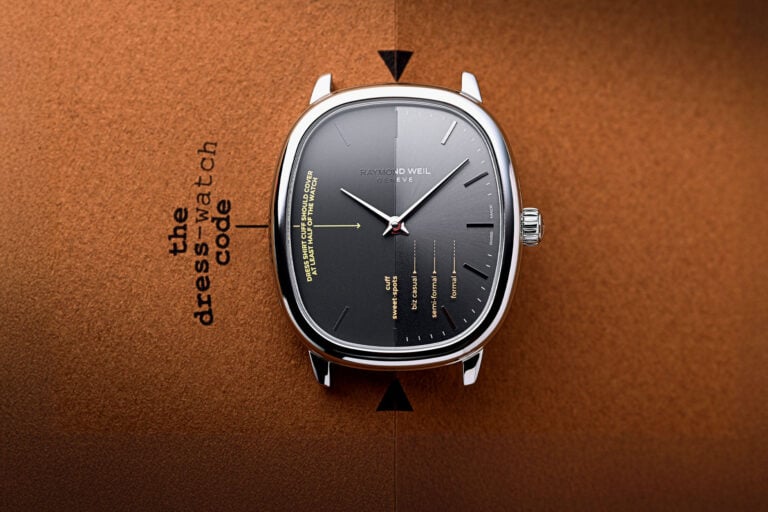Defying Gravity… A Conversation with Philippe Delhotal, Creative Director at Hermès Horloger
A watchmaker that seems to operate in a different world… Hermès truly stands apart.
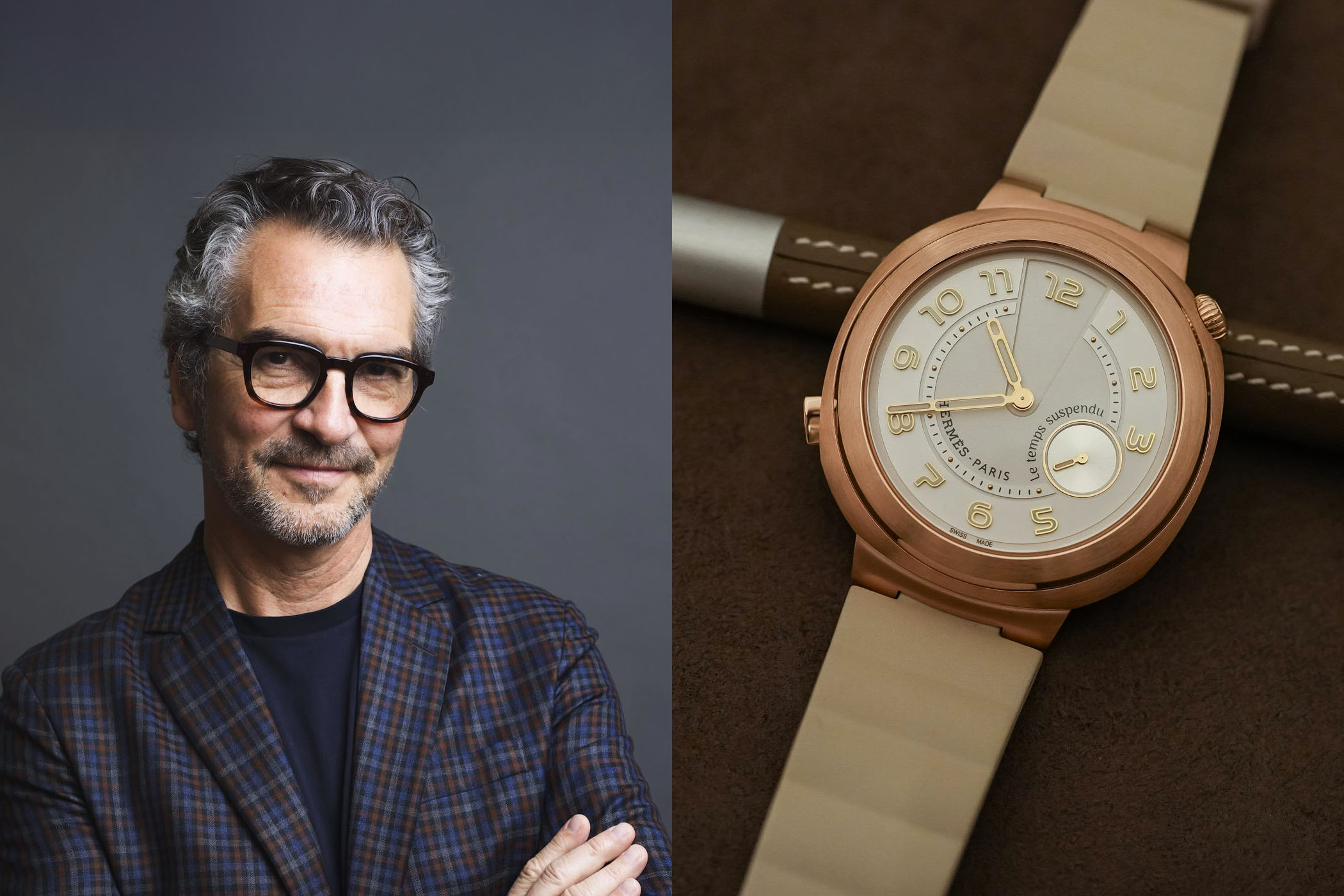
If there’s one brand – or rather, one house – that defies the laws of gravity, it’s Hermès. Just uttering the name evokes a reaction: it’s the embodiment of absolute luxury. Elegance, lightness, and discretion might be its keys, as Hermès stands as a unique case in a sector currently facing turbulence. No matter: the brand continues to post dazzling consolidated results while others – if Hermès even has competitors – struggle. It has even announced the expansion of its watchmaking site in Le Noirmont (cases and dials) by 2028.
We sat down with Philippe Delhotal, Creative Director at Hermès Horloger, a division nearing its 50th anniversary. Its journey began in the late 1920s, when Hermès, like many others, purchased movements and cases before branding the dial. A major step came in 1978 with the founding of La Montre Hermès in Biel, signalling a clear intent to enter the watchmaking category.
How Do You Create Distinction?
Over the years, Hermès evolved from quartz to mechanical watches, a path filled with challenges. “It’s not easy to build legitimacy when you’re not a traditional watch brand speaking to the watchmaking community,” says Delhotal. How do you stand out in a crowded market of watch brands and products, especially when your heritage lies in leather craftsmanship? “It’s difficult,” he admits, “but there’s room for everyone.”
We had to craft a story for our clients – one that combined style and horological substance,” says Philippe Delhotal
Hermès’ acquisition of a 25% stake in Vaucher Manufacture Fleurier in 2006 accelerated its momentum. But it still needed a unique tone, rooted in Hermès’ rich history. “We chose to play with the concept of time. While most watchmakers chase precision and measurement, we chose to tell time differently – with Les Grandes Heures, Le Temps Suspendu, L’Heure Impatiente – offering a narrative, a story around time.” This distinctive approach helped Hermès gain credibility and legitimacy. “We’re not about performance. Our goal is to evoke emotion through storytelling. Our clients respond to this whimsy – but also to the seriousness of our craftsmanship.”
Hermes: A House of Storytelling
What makes Hermès so unique in the world of ultimate luxury? While others might offer cliché answers, Delhotal is clear: “Hermès is a house of history and storytelling. Since 1837, lightness and elegance have defined our spirit. We’ve never betrayed our origins.” Craftsmanship has always played a central role. “Luxury,” Delhotal says, “doesn’t mean much on its own. I’d define it as authenticity, rarity, and exceptional objects.”
We’re not about performance. Our goal is to evoke emotion through storytelling.
Indeed, Hermès is a house of creation and craftsmanship. Across its 16 integrated métiers, every creation is treated with the care of a small atelier. One cardinal value guides them all: “A Hermès object implies transmission. And time contributes to its creation, it’s not an enemy.” This applies to saddlery – the founding activity – as well as silk scarves, tableware, and watchmaking.
“We Go Where the Craftsmanship Is,” explains Delhotal
Regarding watchmaking, Delhotal notes that operations are based in Switzerland, between Le Noirmont and Biel, home to La Montre Hermès. “In special cases, we go where the expertise is. Switzerland for watches, of course, but also Vietnam for lacquer and embroidery. This choice reflects the richness we benefit from.” Hermès collaborates with external partners for its movements, going against the trend of internalising artisanal métiers. “We enjoy great freedom and can draw from an incredible diversity of specialised crafts.”
What defines Hermès watches in such a competitive landscape? “Since 1928, form has always been the signature of Hermès watches.” Style remains central to the creative and identity process, but it’s not segmented by product type.
Silk Scarves and Watchmaking: A Constant Dialogue
Hermès, a multi-category universe, boasts a creative heritage that’s constantly reinterpreted. “Watchmaking creation emerges from cross-disciplinary exchanges with other métiers – leather, jewellery, silk.” Iconic silk scarves remain a core source of inspiration. “Each tells a story through thousands of colourful designs, renewed annually. Each carries a theme that we sometimes transpose into watchmaking. Our approach is to adapt the design and its story from a 90x90cm scarf to just a few centimetres of dial.”
Delhotal reflects: “Our watchmaking evolution wasn’t easy, but we’ve managed to enter collector circles,” especially through unique complications. Hermès Horloger has carved a niche with its poetic horological language. A Minute Repeater or Flying Tourbillon can speak of time in a light, humorous, and whimsical way, but always with seriousness. “A watch is never born by chance,” he says. “With every new project, our goal is to amaze our clients.”
The conclusion? “People feel good when they visit a Hermès store, because we’re not a house of showmanship.”
Le Noirmont Site Expansion
Hermès recently announced the expansion of its production site in Le Noirmont (Swiss Jura), which handles case and dial production. This includes Joseph Erard (cases, integrated in 2013) and Natéber (dials, acquired in 2012). By 2028, the site will span 11,000 square meters and accommodate around 100 new employees.
It complements the Brügg site (Bern canton), dedicated to assembling and crafting leather straps and artistic leather dials, and Vaucher Manufacture Fleurier (25% owned), which specialises in high-end mechanical movements.
Hermès operates 294 stores in 45 countries, with 24,000 employees. In watchmaking, estimates suggest that 70,000 pieces are produced annually, generating EUR 577 million in revenue (slightly over EUR 600 million in 2023). Despite a global slowdown in watch sales, Hermès’ half-year results (July 30, 2025) show an 8% decline in watch revenue, offset by strong growth in other métiers. The group’s consolidated revenue for H1 2025 reached EUR 8 billion, up 8% at constant exchange rates.
Hermès watches are sold exclusively in its own stores, with retail representing only a small fraction. Hermès also stands apart in its client relationships, compared to industry norms. Its strong creative identity resonates with a clientele that the house doesn’t view as uniform. During Hermès’ annual meetings with store directors, the practice of imposed product allocation is banned. “The store director knows their clientele – it’s up to them to select the right products. That’s why every Hermès store worldwide is different and unique.”
No two are alike: window displays and product offerings vary. This contrasts sharply with other luxury brands whose stores, from Tokyo to New York, Rome to Paris, display identical windows and uniform presentations. Hermès, in this way, powerfully demonstrates its creative strength.
For more details, please visit www.hermes.com.




